Jo Ractliffe was born in Cape Town in 1961. She is one of the most important visual artists in South Africa today. She began her photographic work in the early 1980s in a climate of protests against the apartheid regime, and since then her photos have explored the relationship between historical imagination and political violence in landscapes. It was this interest that took her to Angola in 2007 for a series of projects on the aftermath of war. These forays have resulted in three acclaimed books of contemporary photography — Terreno Ocupado (2008), As Terras do Fim do Mundo (2010), and The Borderlands (2015). Her work has been shown in exhibitions at some of the most prestigious cultural institutions in the world, such as MoMA (2011) and the Met (2015) in New York, the Tate Modern (2015) in London and Rijksmuseum (2017) in Amsterdam. She was hailed by curator Okwui Enwezor as ‘one of the most accomplished and underrated photographers of her generation’, and David Goldblatt described her works in Angola as ‘important though under-appreciated contributions to photography and art’. This year marks the thirty- fifth anniversary of Ractliffe’s career, and Electra is releasing unpublished material from her travels in Angola: a series of photographs taken in the Port of Luanda, the Boavista district and Roque Santeiro. For decades, Roque Santeiro was the largest open-air market in Africa, an endless bazaar and the stage for larger-than-life resistance, resolve and vitality, which disappeared without a trace during Angola’s meteoric rise in the early 2000s. ‘That landscape of inhabitation became my primary interest, how people were making their way in this wild chaotic sprawl of a city, full of post-war energy and enterprise and the contradictory promise of a new future,’ the photographer explained.
In this section, we show unpublished work by one of the most highly regarded photographers working today: Jo Ractliffe. This South African artist, whose career dates back thirty-five years, is included in the collections of some of the world’s major art institutions, such as MoMA and the Met (New York), the Tate Modern (London) and the Rijksmuseum (Amsterdam). To mark her new retrospective (Drives) at the renowned Art Institute of Chicago, we reveal some never before seen photos that Ractliffe took in Angola, shot at places such as the port of Luanda, the Boavista neighbourhood and the Roque Santeiro Market. What attracted her was to see ‘how people were making their way in this wild chaotic sprawl of a city, full of post-war energy and enterprise and the contradictory promise of a new future’. Afonso Dias Ramos presents this important contemporary artist and her work for Electra in an essay written especially for this issue.
At the still point of the turning world. Neither flesh nor fleshless; Neither from nor towards; at the still point, there the dance is, But neither arrest nor movement. And do not call it fixity, Where past and future are gathered. Neither movement from nor towards, Neither ascent nor decline. Except for the point, the still point, There would be no dance, and there is only the dance. I can only say, there we have been: but I cannot say where. And I cannot say, how long, for that is to place it in time
T. S. Eliot, «Burnt Norton», Four Quartets, 1936
Der Spiegel: Professor Adorno, two weeks ago the world still seemed in order…
Theodor Adorno: Not to me.
‘Keine Angst vor dem Elfenbeinturm’, Der Spiegel, 05.03.1969
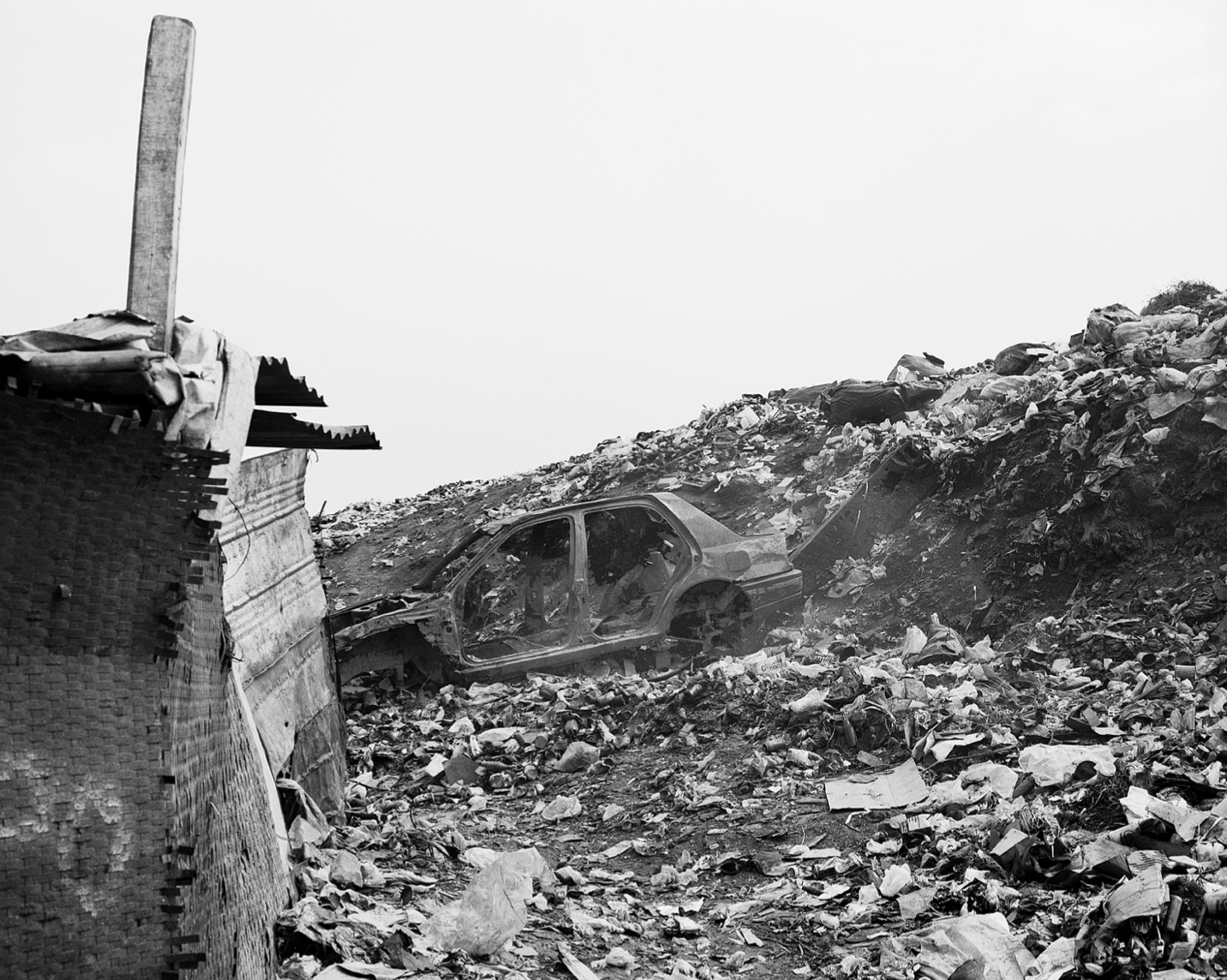
Abandoned car, Boavista, 2007 © Jo Ractliffe

Footpath from Boavista to Roque Santeiro market, 2007
© Jo Ractliffe
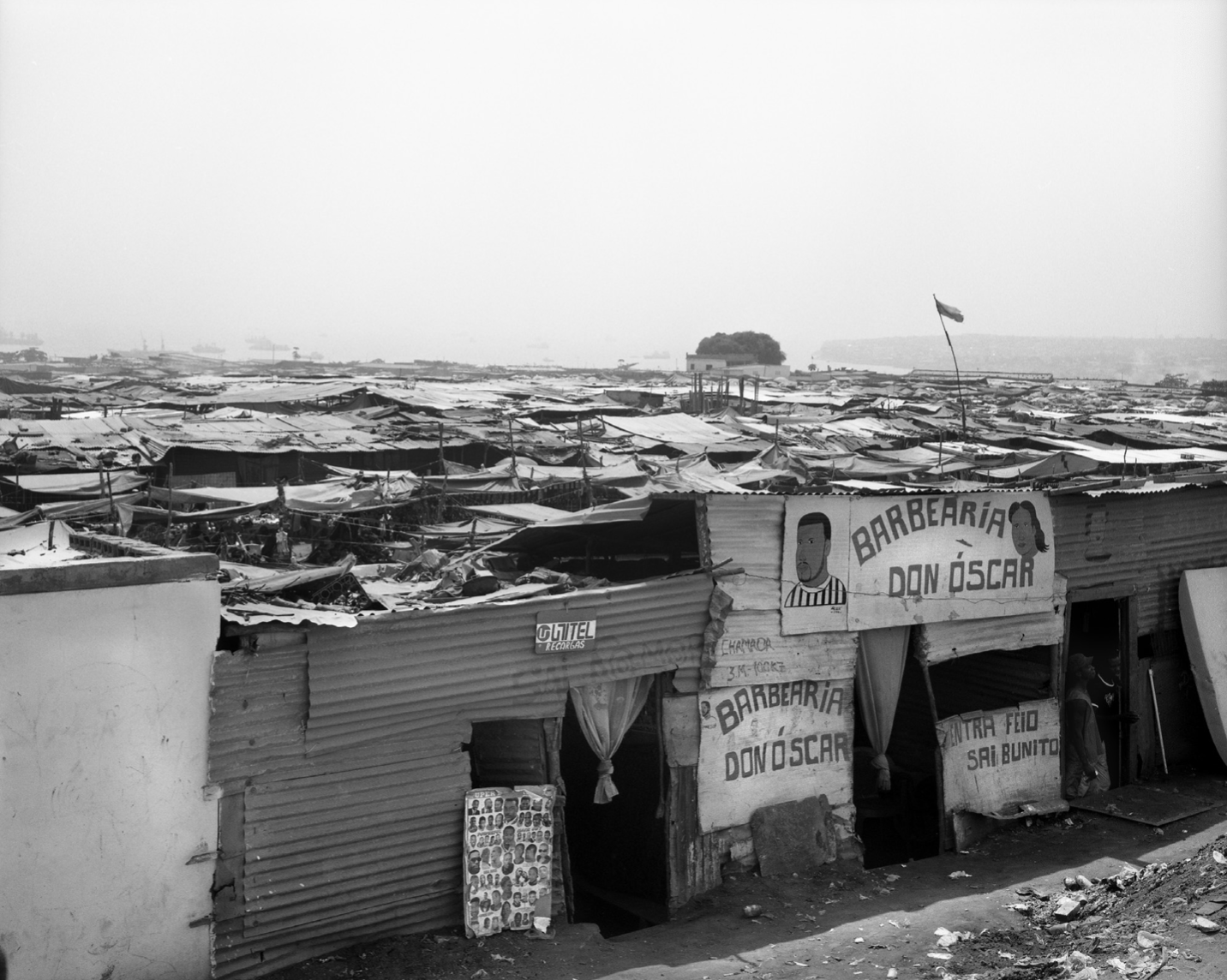
Hair Salon, Roque Santeiro market, 2007
© Jo Ractliffe
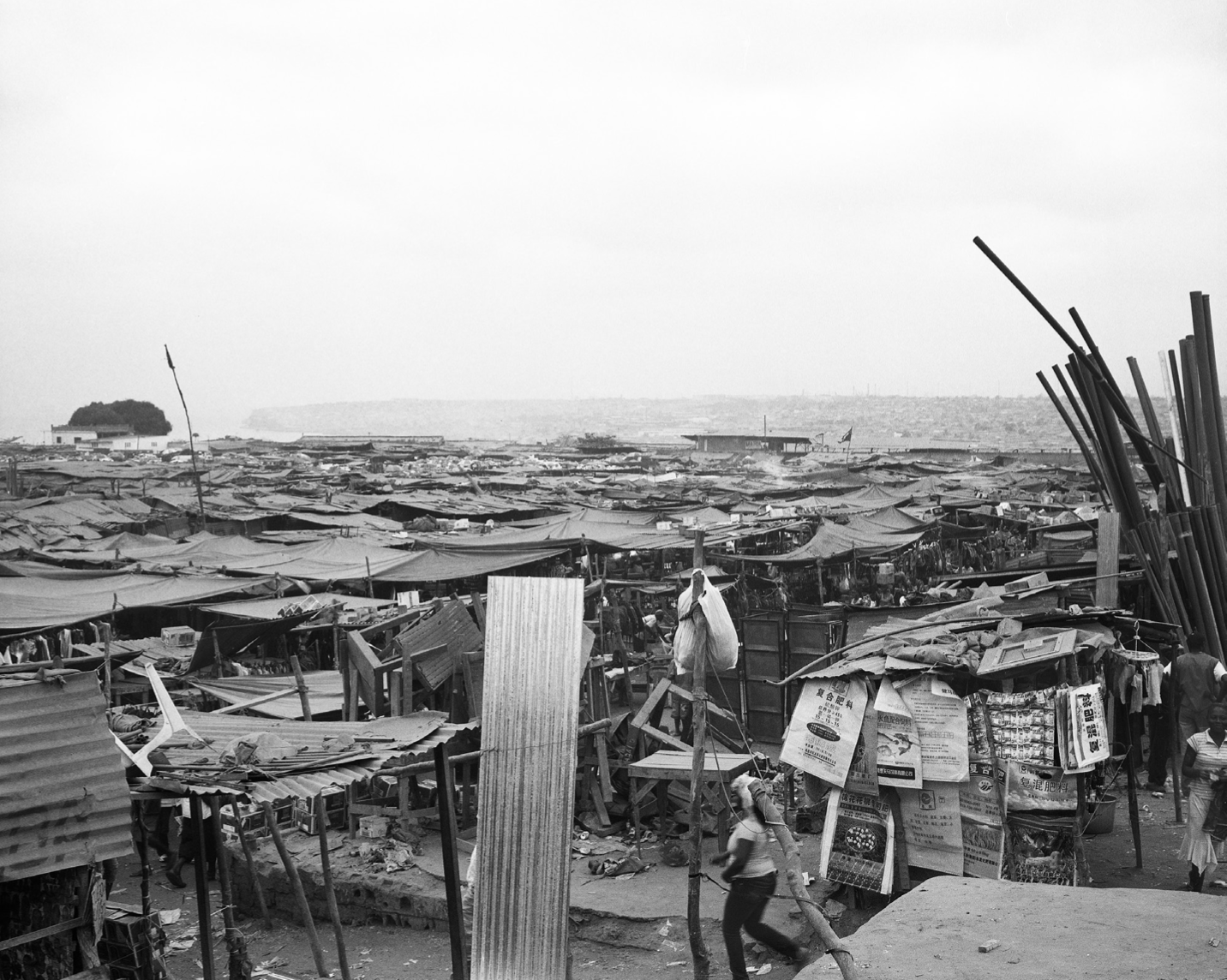
Stalls, Roque Santeiro market, 2007
© Jo Ractliffe
No-one seems to have noticed that the silence and the void that have descended on cities over these last months of the pandemic have been prefigured by the most dominant photographic genre of the twenty-first century – these images of abandoned urban landscapes, where normal life seems to have been put on hold, time has stood still and human presence has been banished, recording important events through their survival in physical structures, as remains or traces. While the abandonment and desertion in these photographs have become the new normal in times of lockdown, the alien condition of these deserted cities points to a contemporary imagination haunted by the dual threat of recession and extinction. It speaks of a present that is incapable of expressing or thinking of itself other than through the language of crisis and paradox, and it speaks of violence of a more dissimulated nature, whether viral, virtual or psychological. This experimental genre had essentially grown from a protest against the waning status of photojournalism, retreating in the face of the instantaneous and electronic transmission of news to meditate on emergencies without the tyranny of immediate responses and as a fruit of growing intellectual pressures that divert photography from the decisive instant and spectacular real-time destruction, to more profound reflection on violence in its deferred, intermittent or fleeting manifestations with no simple interpretation.
These photographs, in the form of desolate landscapes and deserted streets, institute an interlude that allows the world to take a break, to slow the gaze, to contemplate what ‘peopleless’ places communicate, and to transfigure familiar cities into alien sets that need to be revived and restaged in the theatre of the imagination, interpretation and memory. As a rule, this genre of photography that fills art galleries works retrospectively. The photographs revisit the scenes of political catastrophes and natural disasters that shook society, but are merely visual records of what is left after the turmoil is over. The idea of this ghostly imagery that emanates from the outer shell of things is basically the appearance of history itself, that ‘indecent alloy of banality and apocalypse’, as Emil Cioran once put it. The anachronism of such an indecent alloy not only harked back to the early days of photography when technical limitations meant that the subjects of choice were architecture and corpses, given that anything that moved ended up invisible. It also refers to a present in which our screens are filled with vacated landscapes as the main act rather than a backdrop, and where photography sneaks in as a silent witness, more relevant because of its inexplicability than its appearance. A violent evacuation or radical break is the theme; but screams were replaced by murmurs. The coincidence of this reversal no longer indicates the melancholy of a pathological return to the past but rather sketches a disjointed present in which the instantaneous moment has vanished and time has stood still within time, as in the discourses on the end of times.
Although time has ceased to be punctual during the pandemic, fascination with this out-of-whack temporality has increasingly been insinuating itself into literature, music and film since the end of the last century. Mark Fisher has described these new forms as ‘the Weird and Eerie’. He pinpoints the deep apprehension with everything that escapes perception, cognition or common experience, a kind of negative hallucination that favours desolate landscapes or abandoned buildings, in whose apparent emptiness something gains a life of its own, free from people, with a new political energy that goes beyond a mere nostalgic evocation of austerity, post-imperial melancholy and haunted aftermath. While the photographic genre initially escaped this cultural analysis, it would eventually come to dominate these forms, redefining itself as much by what it shows as what it does not show, as much as by what can be seen as what cannot be seen, emerging as the central stage for contemporary debates on truth, history and identity. The strange convergence between this genre and the pandemic illustrates the dual nature of the impasse in which we live: while language and time, knowledge and experience have never been more relevant each unsettle in unprecedented ways, ideological promises have also come to rely on representation more than ever before. These atemporal photographs announced how acutely important subjective life and occupied land was to become during the pandemic, as if predicting that cities would be contested around voids and monuments: against expulsions and forced displacements in metropolises that seem to indefinitely await new occupants, and against the disconnect between the public symbols left in representation in the deserted urban spaces and the neighbourhoods that residents were unable to leave for a lockdown. While this new photographic genre seems to render palpable the experience of a shattered world, in which the passage of time means disintegration rather than progress, on the other hand, it has also revealed a common space that is simultaneously occupied as land and memory.
[...]
*Translated by Wendy Graça
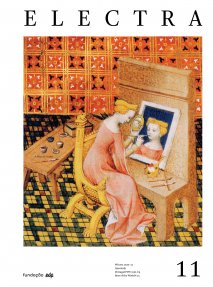

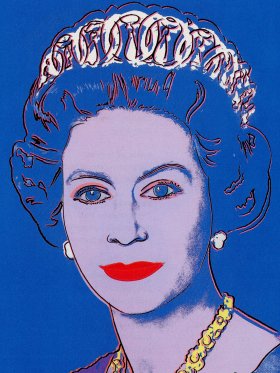


Share article